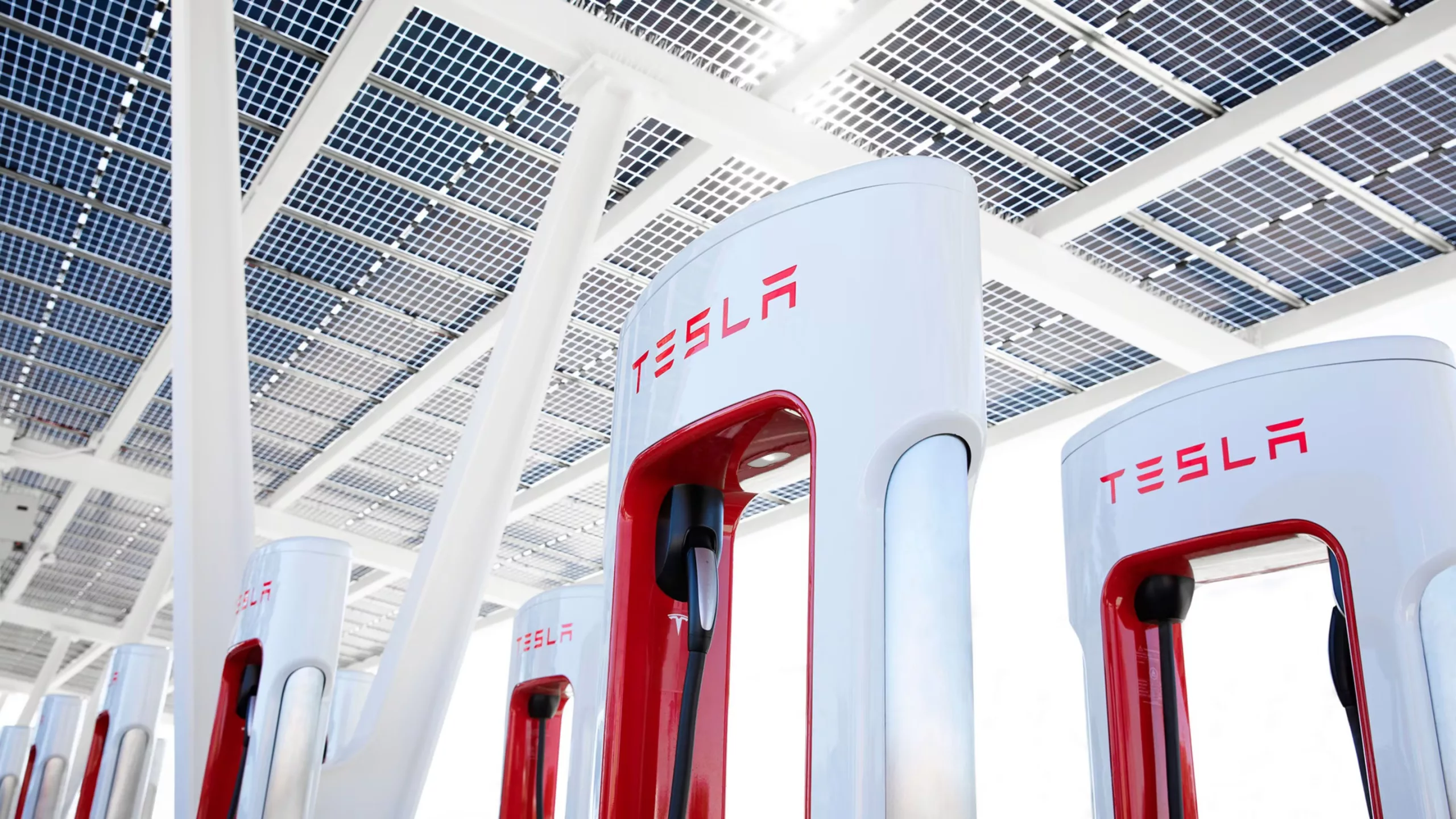In an intriguing face-off, Tom Moloughney and Kyle Conner set out on a mission: to test the efficiency and reliability of two major electric vehicle (EV) charging networks. They embarked on a journey with two identical Ford trucks from New Jersey to Florida. The twist in their tale was simple yet challenging – Tom banked on the Electrify America charging stations, while Kyle trusted the Tesla Supercharger network.
The Great EV Race: Tesla vs. Electrify America
The conditions were less than ideal. Rain was coming down, which is known to affect an EV’s range, but the competition was fair; both participants experienced the same weather. Initial predictions estimated about four charging stops to complete the trip, but Tom was prepared for a fifth, just in case. Along the way, the duo creatively used the truck’s power to cook pizzas, adding a unique twist to their experiment without significantly impacting their mileage, achieving around 1.8-1.9 miles per kilowatt-hour.
Critical Charging Stops and Strategies
With only 4% battery left, Tom’s first charge was in Stafford, Virginia. His foresight and luck paid off when kind strangers swapped charging spaces with him, allowing him to access the fastest 350 kW station. As the race progressed, Tom managed to maintain this streak of good fortune, landing 350 kW chargers at each subsequent stop, whether at a Sheetz station in North Carolina or a Walmart in South Carolina, keeping him ahead of Kyle.
However, the race tightened when Kyle’s truck suffered a hiccup close to a charging station, with their truck running out of battery sooner than expected. This minor setback was due to a battery cell issue or a BMS error but didn’t significantly affect their progress.
The Nail-Biting Finish
The strategic stops and charging policies seemed to be working in Tom’s favor. They consistently charged over their necessary threshold, instead of risking an early departure with lesser charge. Their final charge was at a Walmart in Georgia, where they got enough power to reach the finish line but not the full 80% they usually aimed for.
The race’s conclusion was at a new Mercedes-Benz EV charging station near Florida’s coast. The Conners were waiting, having arrived only six minutes earlier. Nonetheless, Tom and his Ford truck emerged victorious. This exciting finale also highlighted an important observation – the proximity of Superchargers to highways gave them an edge over Electrify America’s slightly more remote locations.
Electrify America’s Surprising Performance
In recent times, Electrify America has gained a reputation for underperforming in some areas, but it seems their recent efforts in upgrading power modules and proactive network maintenance are paying off. The timing of the race also played a role, with light night-time traffic allowing for easy access to open charging stations, exemplifying how the charging ecosystem is constantly evolving and improving.
Preparing for a Future Challenge
While the race was insightful, experts argue it didn’t fully exploit the potential of either network. What would happen if trucks capable of drawing the maximum available power from both networks went head-to-head? This question sets the stage for an upcoming challenge featuring a fleet of electric trucks, including models like the riveting Cybertruck, the versatile F-150 Lightning with an adapter, and the robust Chevy Silverado EV, which boasts a massive battery and impressive 350 kW peak charging ability. The stage is set for a more comprehensive showdown that will test the true strengths of these charging networks against each other.
This thrilling race between Tom and Kyle not only provided some exciting moments but also shed light on the rapidly improving charging infrastructure for electric vehicles. It shows that we are inching closer to a world where electric travel could be as seamless as traditional fuel-powered journeys.
